In today’s visually-driven world, where a single image can speak a thousand words, the significance of captivating hotel photography cannot be overstated. With the rise of social media platforms, online travel agencies, and the ever-growing desire for unique travel experiences, hotels are increasingly recognizing the power of compelling visuals to captivate their potential guests.
A well-executed hotel photoshoot has the ability to transcend mere documentation, transforming into a powerful storytelling medium that entices, inspires, and leaves a lasting impression on viewers.
In this article, we delve into the realm of hotel photoshoot ideas, exploring innovative approaches to elevate your property’s visual appeal and create a distinct brand identity. From luxurious resorts nestled amidst picturesque landscapes to boutique city hotels exuding contemporary charm, the possibilities for crafting compelling narratives through photography are endless.
What Is Hotel Photography?
Hotel photographers use their expertise in composition, lighting, and visual storytelling to create captivating images that effectively convey the hotel’s brand identity, luxury, comfort, and style. These images are typically used in marketing materials, including websites, brochures, social media campaigns, online travel agencies, and print advertisements.
The goal of hotel photography is to highlight the hotel’s best features and create an emotional connection with viewers. It involves capturing the essence of the property, whether it’s a luxury resort, boutique hotel, or budget accommodation. Hotel photographers carefully consider factors such as lighting conditions, angles, and styling to present each space in the most appealing way possible.
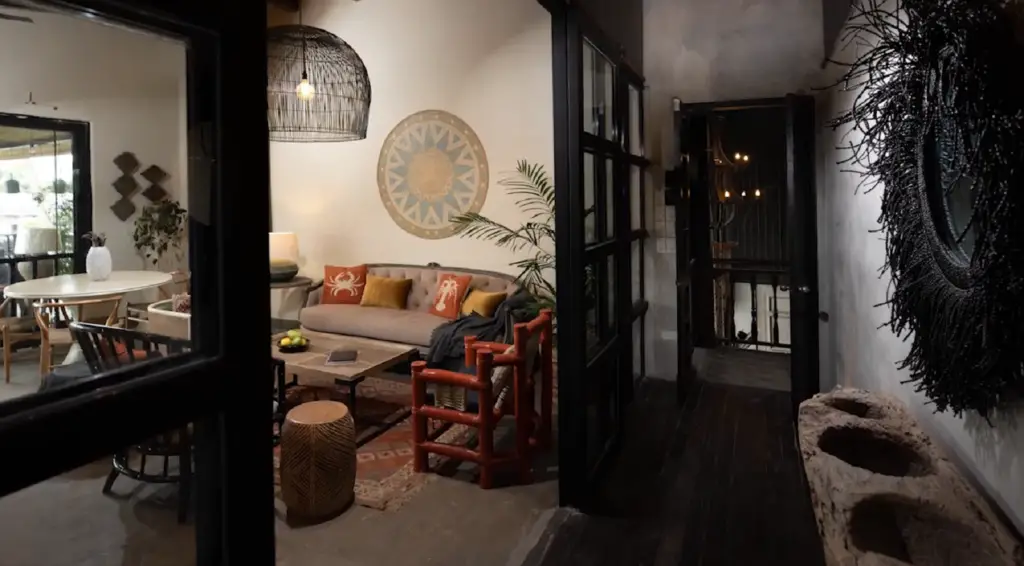
Major Aspects To Consider About Hotel Photography
One essential aspect of a successful hotel photoshoot is conceptualization. By envisioning a unique theme or storyline, photographers can breathe life into each frame, evoking emotions and sparking the curiosity of potential guests. Whether it be showcasing the tranquil serenity of a spa retreat or highlighting the vibrant energy of a bustling lobby, the art of visual storytelling plays a pivotal role in portraying a hotel’s distinct personality and attracting the right clientele.
Moreover, the selection of diverse shooting locations within the hotel can significantly enhance the overall visual impact. From opulent suites with panoramic views to charming outdoor spaces bathed in golden sunlight, each setting offers a unique opportunity to create compelling visuals that resonate with viewers. By carefully considering the interplay of lighting, composition, and ambiance, photographers can transform even the simplest of spaces into captivating backdrops that tell a captivating story.
Additionally, incorporating elements of lifestyle and guest experiences into the photoshoot can add an extra layer of authenticity and relatability. By capturing genuine moments of interaction between guests and staff, showcasing indulgent culinary delights, or highlighting recreational activities, hotels can evoke a sense of longing and anticipation in their potential guests. These images serve as a visual invitation, compelling viewers to imagine themselves immersed in the hotel’s world of comfort, luxury, and memorable experiences [2].
The art of hotel photography extends beyond capturing static images. This dynamic process of visual storytelling aims to evoke emotions, inspire wanderlust, and ultimately entice potential guests to choose your hotel as their ultimate destination.
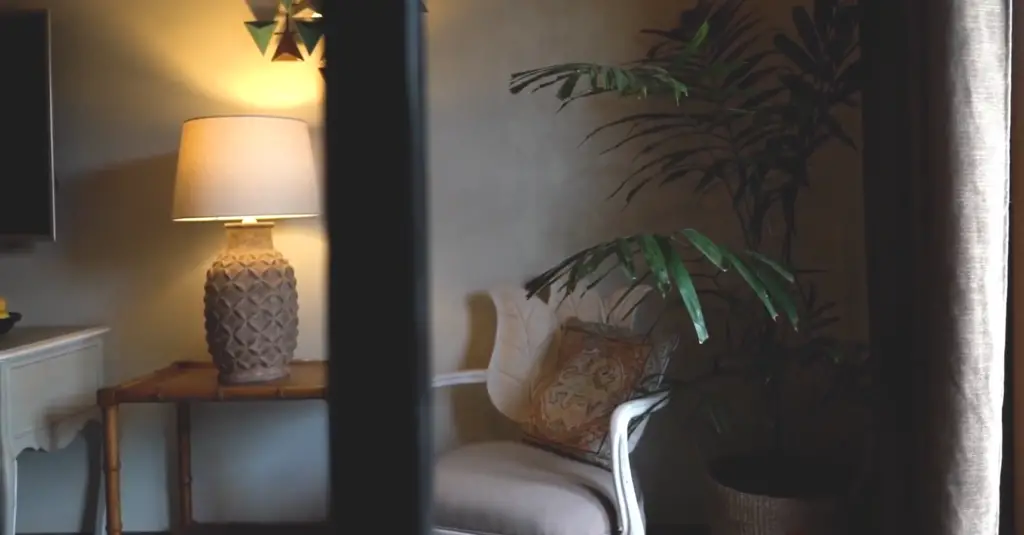
Preparations And Planning A Hotel Photoshoot For A Photographer
Consider the Hotel’s Brand and Story
Before diving into the logistics of the photoshoot, take the time to understand the hotel’s brand and story. Familiarize yourself with its target audience, style, and overall atmosphere. This understanding will guide your creative decisions and help you capture images that align with the hotel’s identity.
Select Your Models
If your photoshoot involves including people, such as guests or staff, carefully select your models to reflect the hotel’s target audience and desired image. Look for models who can bring authenticity and a sense of connection to the images. Collaborating with a professional casting agency can help you find suitable models who can enhance the visual narrative.
Schedule a Scouting Day
Before the actual photoshoot, plan a scouting day to visit the hotel and explore its various spaces. Take note of the hotel’s unique features, architectural elements, and areas that might make interesting backdrops for your photographs. During this visit, you can also identify any potential challenges or limitations in terms of lighting, access, or staging.
Schedule Your Hotel Photoshoot
Once you have a clear idea of the hotel’s brand, story, and available spaces, schedule the actual photoshoot. Consider factors such as the time of day for optimal lighting, avoiding busy periods to minimize disruption, and allowing sufficient time to capture all the desired shots. Discuss the schedule with the hotel management to ensure coordination and cooperation during the shoot.
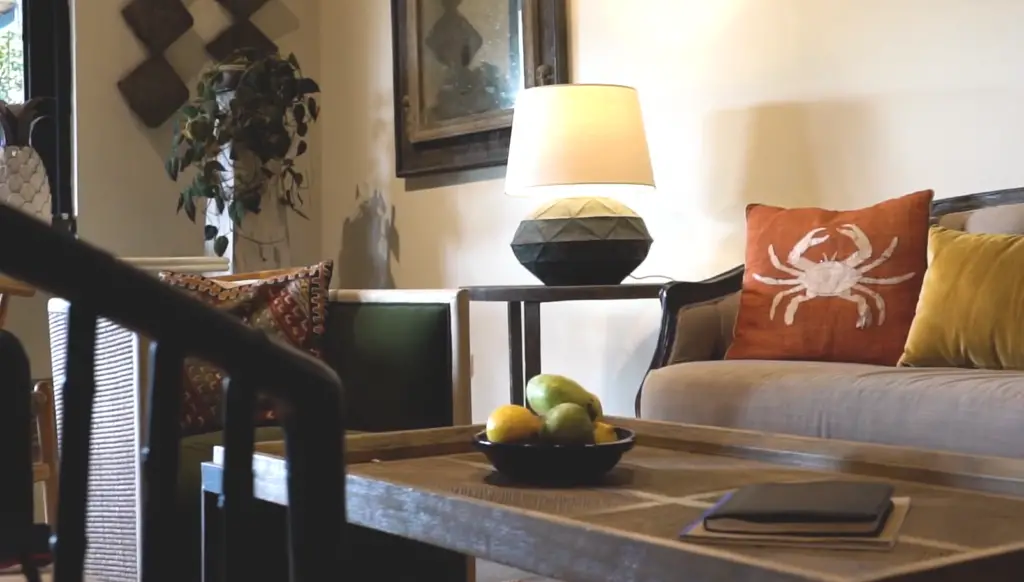
Collaborate with Housekeeping
A well-groomed and pristine environment is crucial for hotel photography. Work closely with the hotel’s housekeeping department to ensure that all areas are clean, tidy, and well-maintained. Coordinate with them to schedule cleaning sessions before each shoot and ensure that rooms are presented in their best possible condition.
Prepare the Props If Necessary
Depending on the concept and style of the photoshoot, you may need to gather and prepare props to enhance the visual appeal of the hotel’s spaces. Discuss your ideas with the hotel management and seek their assistance in arranging or providing any necessary props. Props could include items such as flowers, decorative elements, or even small touches like books or magazines to create a lived-in ambiance.
During the shoot, maintain open communication with the hotel staff to address any issues promptly and maintain a harmonious working environment. Respect the privacy and comfort of guests, ensuring that their experience is not disrupted by the photography process [3].
Remember that lighting plays a crucial role in photography, particularly for hotel interiors. Experiment with natural light, but be prepared to supplement it with artificial lighting techniques if necessary. This will help you capture the ambiance and mood of each space accurately.
Hotel Photography Guidelines And Best Practices:
1) Impeccable Lighting
One of the most critical elements in photography is lighting. Properly lit photos can transform a mundane hotel room into a captivating space. Utilize natural light whenever possible, as it creates a warm and inviting atmosphere.
Experiment with different lighting techniques and find the right balance to showcase the room’s features in the best possible way.
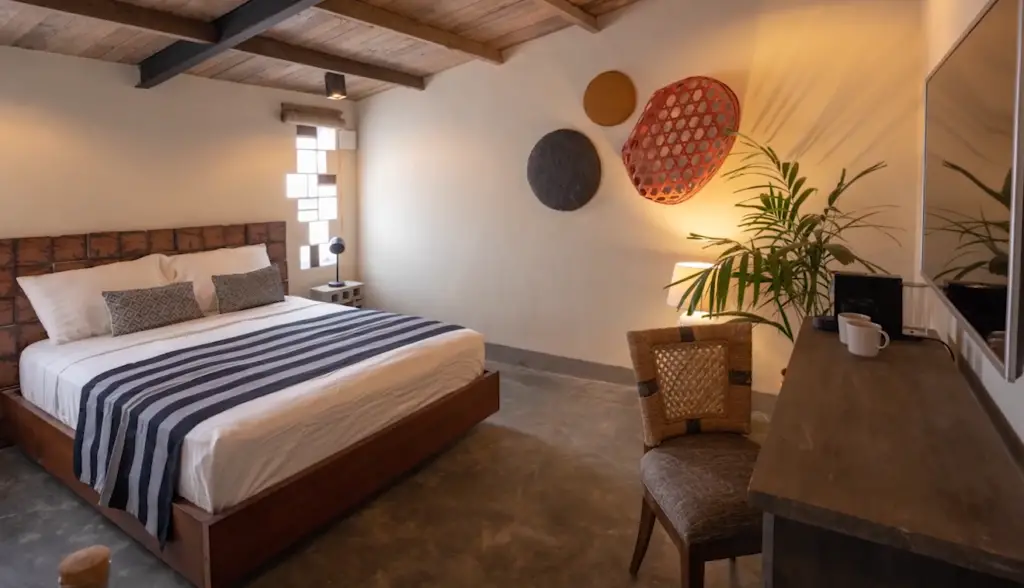
2) Spatial Awareness
When photographing hotel rooms, it’s essential to have a good sense of spatial awareness. Optimize the available space by decluttering and arranging furniture in an aesthetically pleasing manner. Use wide-angle lenses to capture the entire room without distorting its proportions. Pay attention to the composition, ensuring that the elements within the frame complement each other and create a harmonious visual flow.
3) Know Your Angles
Choosing the right angles can make a significant difference in the impact of your hotel photos. Experiment with various perspectives to find the most flattering angles for different areas of the hotel. Highlight the unique features of each space, such as architectural details, luxurious amenities, or breathtaking views. Avoid excessive use of extreme wide-angle lenses, as they can distort the proportions and make the rooms appear smaller than they actually are.
4) Go For Immediate Impact
In today’s fast-paced world, capturing attention within the first few seconds is crucial. Start your hotel photography portfolio with striking, eye-catching images that instantly grab the viewer’s attention. Showcase the hotel’s most visually appealing spaces or unique design elements in these initial images. Use vibrant colors, interesting compositions, or captivating perspectives to create an immediate impact and pique the viewer’s curiosity.
5) Always Include Room Interiors In Your Galleries
While exterior shots of the hotel are important, potential guests are primarily interested in the interior spaces. Ensure that your photography portfolio includes a diverse range of room interiors. Showcase different room types, highlighting their distinctive features and decor. Consider staging the rooms with inviting details like fresh flowers, neatly arranged towels, or a welcoming tray of amenities to create an aspirational atmosphere [4].

Creative Hotel Photoshoot Ideas:
Capture The Guests Arriving At The Hotel
Start the visual journey by photographing guests as they arrive at the hotel. Capture their excitement and anticipation, whether it’s a couple stepping out of a taxi or a family unloading their luggage from the car. These candid shots evoke a sense of hospitality and create a personal connection with potential guests.
Tell The Story Of The Hotel Room
Instead of merely photographing the hotel room, aim to tell a story through your images. Show the room in different contexts, such as a business traveler catching up on work or a couple enjoying a romantic evening. Use props and details that complement the room’s theme and create an emotional connection with viewers.
Your Hotel’s Shared Spaces
Highlight the hotel’s shared spaces, such as the lobby, lounge areas, or conference rooms. Emphasize the ambiance, design elements, and the unique features of these spaces. Show people interacting, engaging in conversation, or simply enjoying the hotel’s welcoming environment.
The Hotel’s Surrounding Views & Attractions
Take advantage of the hotel’s location by capturing breathtaking views and nearby attractions. Showcase panoramic views from balconies or windows, capturing the natural beauty or cityscape that surrounds the property. Include famous landmarks, local attractions, or nearby points of interest to give potential guests a sense of what they can explore during their stay.
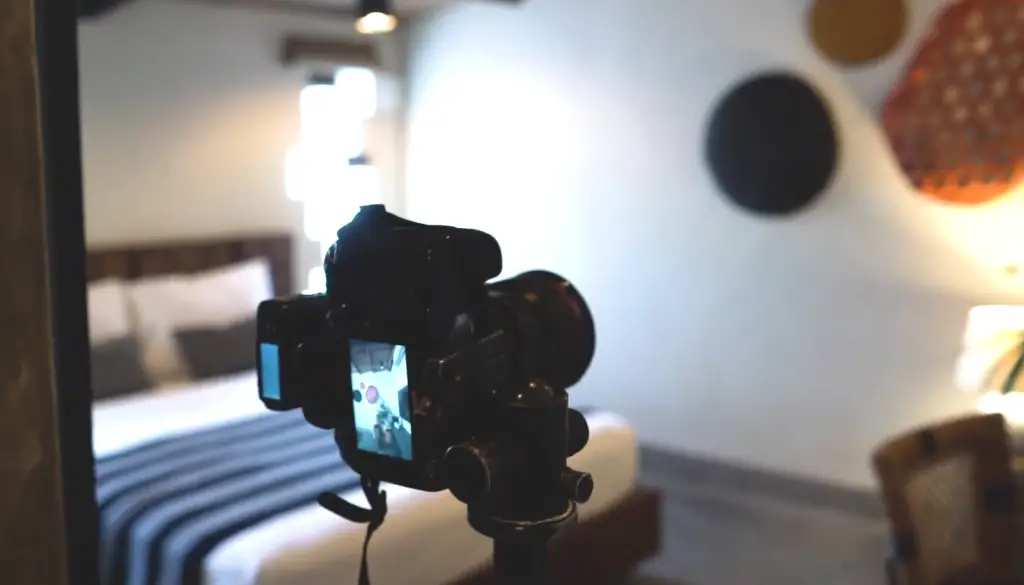
Pose With Pillows
Add a touch of creativity to your hotel photography by incorporating playful or artistic shots with pillows. Experiment with different poses, compositions, and angles while incorporating pillows as props. This can add a whimsical or luxurious element to your images and make them more visually appealing.
Capture the Room Decoration or Art on the Wall
Highlight the unique room decorations, artwork, or wall features within the hotel. These details add personality and character to the space, and photographing them can showcase the hotel’s attention to detail and design aesthetics. Zoom in on specific elements or capture wider shots to provide a comprehensive view of the room’s ambiance [5].
Sipping Coffee, Taking in the Views from a Hotel Room Balcony
Create an aspirational scene by capturing a guest sipping coffee or enjoying a drink while taking in the views from a hotel room balcony. This type of image evokes a sense of relaxation, tranquility, and indulgence, enticing viewers to imagine themselves experiencing such moments at the hotel.
Showcase the hotel’s balconies and terraces by capturing the views they offer. Frame the shot to include the balcony railing and use it as a leading line to draw the viewer’s eye toward the stunning scenery beyond. This type of image creates a sense of openness and allows potential guests to visualize themselves enjoying the outdoor spaces.
Tea or Coffee in Bed in a Hotel Room
Capture the cozy and indulgent experience of having tea or coffee in bed. Use soft lighting and warm tones to create a soothing atmosphere. Arrange the tray with care, including cups, saucers, and a pot of steaming beverages. This type of image portrays comfort and relaxation, resonating with viewers looking for a tranquil hotel experience.
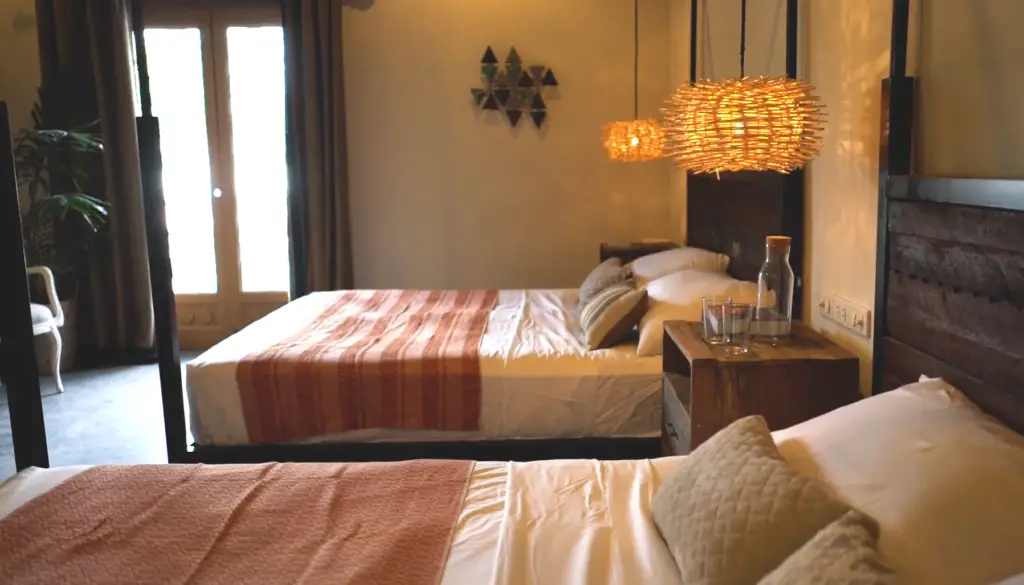
Hotel Photoshoot with Food
Include enticing food photography in your hotel portfolio. Showcase the hotel’s culinary offerings, whether it’s a sumptuous breakfast spread, an elegant afternoon tea, or a gourmet dinner. Pay attention to plating, lighting, and composition to make the dishes visually appealing and mouthwatering.
By the Fireplace in Your Hotel Room
If the hotel offers rooms with fireplaces, photograph guests enjoying the cozy warmth and ambiance they provide. Capture images of guests reading a book, sipping a hot beverage, or simply relaxing by the fire. This type of image exudes comfort and creates a desire for a cozy getaway.
Rooftop Terrace Views
If the hotel has a rooftop terrace or observation deck, capture the expansive views it offers. Showcase guests enjoying the panorama, whether it’s during sunrise, sunset, or under a starry sky. This type of image highlights the hotel’s unique vantage point and creates a sense of exclusivity.
Glamorous Hotel Lobby Photos
The hotel lobby is often the first space guests encounter, so it’s essential to capture its elegance and grandeur. Use wide-angle lenses to showcase the lobby’s spaciousness and unique architectural features. Pay attention to the lighting and composition to highlight the luxurious furnishings, artwork, and decorative elements. Include shots that feature guests engaging in conversation or hotel staff providing impeccable service to create a sense of hospitality and sophistication.
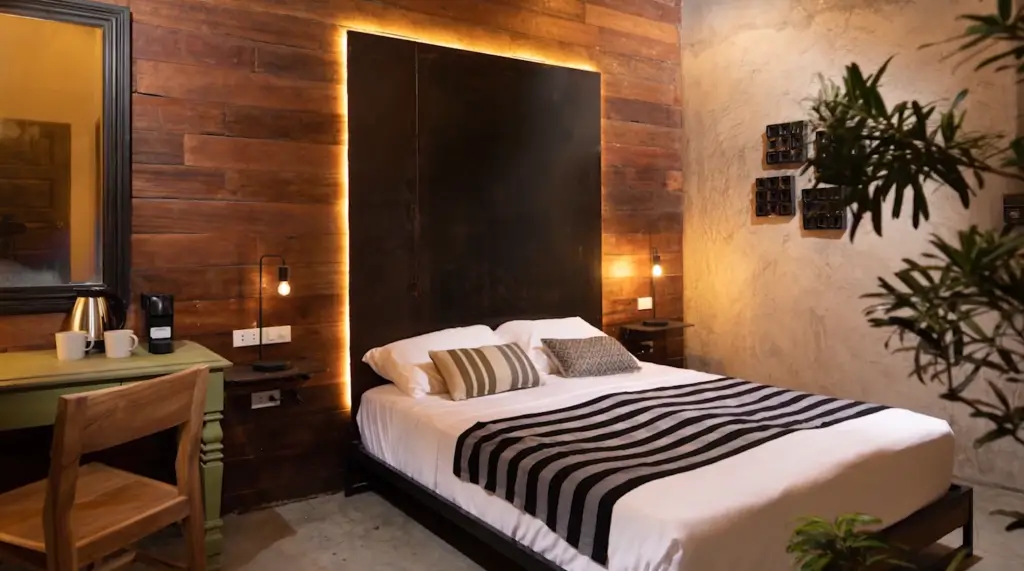
Hotel Restaurant Photoshoot
If the hotel has a restaurant or dining area, showcase it through enticing food photography and captivating ambiance shots. Highlight the restaurant’s unique design, culinary creations, and inviting atmosphere. Capture images of guests enjoying a meal, sharing laughter, or clinking glasses. These images evoke a sense of indulgence and encourage potential guests to imagine themselves dining in the hotel’s exquisite setting.
Soaking in a Hot Pool or Swimming Pool
If the hotel has a pool or hot tub, capture images of guests enjoying a relaxing soak. Showcase the pool’s clean lines, sparkling water, and inviting surroundings. Experiment with different angles to capture both the tranquility of the water and the vibrant atmosphere surrounding the pool area. These images create a desire for a refreshing and rejuvenating hotel experience.
Early Awakening Posing
Capture the serene beauty of the hotel during the early morning hours. Photograph the hotel’s exterior, capturing the soft light and tranquil atmosphere before the hustle and bustle of the day begins. These images create a sense of tranquility and offer a glimpse of the hotel’s peaceful ambiance.
Photo with a Towel on the Head in a Retro Style
Add a touch of nostalgia and playfulness to your hotel photography by incorporating retro-inspired shots. Have guests pose with a towel on their head in a glamorous, vintage style. Use props and elements that evoke a sense of nostalgia to create visually appealing and whimsical images.
Luxury Photo with Pillows in the Background
Create a sense of opulence and comfort by incorporating plush pillows in your hotel photography. Arrange them in the background, creating a luxurious backdrop for your shots. Combine this with elegant furnishings, soft lighting, and attention to detail to convey a sense of indulgence and sophistication.
Tips On Photographing A Model In A Hotel Room:
1) Do Your Research
Before you start planning your hotel photoshoot, it’s important to do a bit of research. Do some online searches to get an idea of the type of photos you’re looking for and what other photographers are doing in similar settings. This will help you determine if the hotel room is suitable for your shoot, as well as give you ideas on how to maximize its potential.

2) Choose The Right Hotel
Once you have an idea of the type of photos you want to take and the kind of hotel that might suit your needs, begin researching hotels in the area.
3) Coordinate Your Props and Wardrobe
Once you’ve chosen the hotel, begin planning out how to use the room in your shots, including props and wardrobe selections. Think about all of the things that might make a great shot, such as furniture and decorations, but also consider what type of clothing will best suit the scene.
4) Bring Some Small Props
Rather than lugging bulky props with you, bring some smaller items that can easily be transported. This may include bed sheets, tapestries and throws, pillows, or even a few small pieces of furniture if needed. Having these on hand will help you set the scene quickly and make adjustments as needed.
5) Pack A Small Strobe (Like Nikon Sb)
If you’re looking to get the most out of your hotel room photoshoot, then a small strobe (like a Nikon SB) can go a long way. These types of flashes are portable and very easy to use, allowing you to create great shots with minimal setup time. Just be sure to bring extra batteries just in case!
6) Shoot Through An Umbrella
When using a strobe, it’s best to shoot through an umbrella for softer, more diffused light. This will also help prevent any hot spots from appearing in the images. An umbrella is relatively inexpensive and easy to set up, so having one on hand can really make a difference when shooting in a hotel room.
7) Don’t Forget The Practical Lighting In The Room
In addition to a strobe, don’t forget to take advantage of the practical lighting in the room. Utilizing lamps and other lights can add more dimension to your shots and create an atmosphere. Experiment with different angles and placements to see what kind of results you can get.
8) Use The Furniture And Decorations To Your Advantage
Finally, don’t be afraid to use the furniture and decorations in the room to your advantage. Utilizing items like chairs, shelves, mirrors, and other objects can bring a unique look to your images that you may not have been able to achieve otherwise. Just be sure to return all of the items back to their original positions once you’re done!
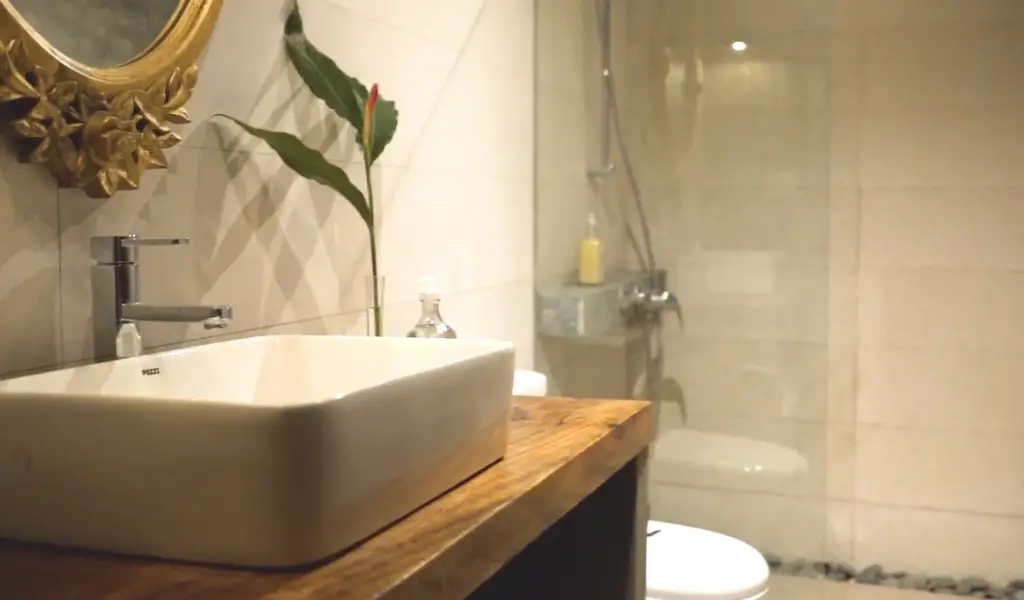
FAQ
1. Can you do a photoshoot in a hotel lobby?
Yes, it is generally possible to do a photoshoot in a hotel lobby. However, it is important to check with the hotel management beforehand and obtain any necessary permissions or permits. Some hotels may have specific rules or restrictions regarding photography in common areas like lobbies, so it’s essential to communicate and coordinate with the hotel staff to ensure a smooth photoshoot experience [6].
2. What lighting is best for hotel photography?
The best lighting for hotel photography depends on the desired atmosphere and the specific area being photographed. Natural light is often preferred as it can create a warm and inviting ambiance. Utilize large windows and curtains to control the intensity and direction of natural light. Additionally, using off-camera flash or continuous lighting can help fill in shadows and add dimension to the images, especially in low-light situations or when balancing indoor and outdoor exposures.
3. Is it legal to take photos at a hotel?
In general, it is legal to take photos at a hotel, but there are some considerations to keep in mind. Hotels are private properties, and the management may have certain restrictions on photography, especially for commercial purposes. It is crucial to respect the hotel’s policies and seek permission if you plan to use the photos for commercial or promotional purposes. Additionally, always respect the privacy of other guests and avoid capturing them in your shots without their consent.
4. What is hotel photography called professionally?
Hotel photography is typically referred to as architectural photography or commercial interior photography when discussed professionally. These terms highlight the focus on capturing the aesthetics, design, and features of hotel spaces such as lobbies, rooms, restaurants, and other amenities.
5. Can I put a hidden camera in my hotel room?
No, it is generally not legal or ethical to place a hidden camera in a hotel room. Hotel guests have a reasonable expectation of privacy, and covertly recording them violates their rights.
Always respect the privacy of others and follow the laws and regulations of the jurisdiction you are in.
6. What color light is great for hotels?
The choice of lighting color for hotels depends on the desired atmosphere and mood. Generally, warm white or soft white light is popular in hotel settings as it creates a cozy and inviting ambiance. These color temperatures range from 2700K to 3000K on the Kelvin scale. However, specific areas within a hotel, such as lobbies or restaurants, may benefit from different lighting color temperatures to evoke the desired mood or highlight specific features.
7. How to decorate a hotel romantically?
To decorate a hotel room romantically, consider the following ideas:
- Soft Lighting: Use candles, string lights, or low-wattage bulbs to create a warm and intimate atmosphere;
- Floral Touches: Arrange fresh flowers or rose petals for a romantic touch;
- Bed Decor: Use silky or satin sheets, and fluffy pillows, and add decorative cushions or a canopy for an elegant look;
- Scented Candles or Diffusers: Use scented candles or diffusers with romantic fragrances to enhance the ambiance;
- Romantic Music: Set up a small Bluetooth speaker to play soft, romantic music in the background;
- Champagne and Chocolates: Provide a bottle of champagne or sparkling wine and a selection of gourmet chocolates;
- Love Notes or Personalized Touches: Leave handwritten love notes, personalized gifts, or surprise elements for the guests to discover [7];
8. What makes a hotel room “instagrammable”?
- Aesthetically Pleasing Design: The room should have an attractive and well-thought-out design with visually appealing colors, textures, and patterns. Unique architectural details, interesting wall art, or statement furniture can make the room visually captivating;
- Natural Light: Incorporate ample natural light into the room as it enhances the overall ambiance and makes for great photo opportunities. Large windows, skylights, or well-placed mirrors that reflect light can create stunning visuals;
- Instagram-Worthy Backdrops: Consider creating specific areas or backdrops within the room that are highly photogenic. It could be a feature wall, a beautifully styled vanity or seating area, or a unique headboard. These elements serve as eye-catching focal points for photographs;
- Unique and Quirky Decor: Integrate quirky and unique decor items or design elements that catch the viewer’s attention. This could include interesting artwork, unconventional lighting fixtures, or statement furniture pieces that add personality to the room;
- Thoughtful Details: Pay attention to small details that make the room stand out. It could be a creatively folded towel, a personalized welcome note, or a display of locally sourced products. These details make the room feel special and encourage guests to share their experiences;
- Instagrammable Views: If possible, ensure the room offers captivating views of the surrounding landscape or cityscape. A picturesque view can instantly elevate the aesthetic appeal and create memorable photo opportunities;
- Well-Designed Lighting: Proper lighting is essential for capturing high-quality photos. Ensure the room has a mix of ambient, task, and accent lighting to create different moods and highlight various features of the room. Use dimmable lights or smart lighting controls to allow guests to adjust the lighting according to their preferences;
- Unique Furnishings and Accessories: Incorporate distinctive and Instagram-worthy furnishings and accessories that add character to the room. This could include statement chairs, vintage-inspired pieces, or interesting decor items that serve as conversation starters;
- Instagrammable Bathroom: Pay attention to the design and styling of the bathroom as it is often a favorite subject for Instagram photos. Incorporate visually appealing tiles, stylish fixtures, and luxurious amenities to create an attractive and photogenic bathroom space;
- Engaging Experiences: Create experiences within the room that guests would want to capture and share. It could be a cozy reading nook, a beautifully set dining table, or a unique in-room feature like a hot tub or a hammock. These experiences provide memorable moments for guests to capture and share with their followers [8];
9. Why are the hotel room lights yellow?
The warm, yellowish lighting commonly found in hotel rooms is often chosen for its cozy and relaxing ambiance. This warm light, typically in the range of 2700K to 3000K on the Kelvin scale, creates a comfortable and inviting atmosphere, resembling the warm glow of traditional incandescent bulbs. The yellowish light can help guests unwind and create a sense of relaxation, promoting a peaceful sleep environment.
Additionally, warm lighting can also enhance the appearance of the room, making it look more welcoming and aesthetically pleasing. It can complement the interior design elements, colors, and textures, creating a visually cohesive and harmonious environment.
It’s important to note that some hotels are transitioning to energy-efficient LED lights, which can be adjusted to different color temperatures. This allows hotels to offer a variety of lighting options to suit different guest preferences and activities within the room.
10. Can I put LED lights in my hotel room?
Yes, it is generally possible to put LED lights in a hotel room. LED lights are increasingly popular in hotels due to their energy efficiency, long lifespan, and versatility. They come in various color temperatures, from warm white to daylight white, allowing hoteliers to customize the lighting ambiance according to their desired mood and aesthetic. LED lights can be installed as overhead fixtures, wall sconces, task lighting, or accent lighting, providing flexibility in design and enhancing the overall lighting experience for guests.
When installing LED lights, it’s essential to ensure compliance with safety regulations and seek professional assistance if necessary. Hotels may also consider incorporating smart lighting systems that allow guests to control the intensity, color, and ambiance of the lights to personalize their room experience.
11. Do all hotel rooms have two-way mirrors?
No, not all hotel rooms have two-way mirrors. Two-way mirrors, also known as one-way mirrors or semi-transparent mirrors, are made with a special coating that allows light to pass through from one side while reflecting light from the other side. They are often used in interrogation rooms, security rooms, or for observational purposes.
In hotel rooms, two-way mirrors are not typically used due to privacy considerations. Hotel guests expect a certain level of privacy and confidentiality in their rooms, and the use of two-way mirrors would violate that expectation.
Hotels prioritize guest comfort and safety, and their room designs typically include regular mirrors that function as intended, allowing guests to use them for grooming, dressing, or other personal activities without compromising their privacy.
12. Where do hotels get their pictures?
Hotels often obtain their pictures from a variety of sources. Here are some common ways hotels acquire their images:
- In-House Photography: Larger hotels or hotel chains may have dedicated in-house photographers or photography teams. These professionals are responsible for capturing high-quality images of the hotel’s interiors, amenities, and facilities. In-house photographers work closely with the hotel management or marketing team to ensure that the images align with the hotel’s branding and promotional materials;
- Professional Photographers: Hotels may hire professional photographers on a project basis to capture specific images for marketing campaigns, websites, or print materials. These photographers specialize in architectural, interior, or hospitality photography and have the skills and equipment necessary to capture the hotel’s unique features and ambiance;
- Stock Photography: Hotels also utilize stock photography, which consists of pre-existing images available for licensing. Stock photo agencies offer a wide range of images, including hotel interiors, travel destinations, and hospitality-related themes. Hotels can purchase and use these images to supplement their own photography or for specific marketing purposes;
- Online Booking Platforms: Many hotels rely on online booking platforms and travel websites to showcase their property. These platforms often provide hotel owners with the option to upload their own photos or offer professional photography services as part of their listing packages. Hotels may opt for these services to ensure high-quality visuals and increased visibility on the platform;
- Marketing Agencies: Hotels may collaborate with marketing agencies that specialize in hospitality branding and promotion. These agencies may have their own pool of photographers or access to stock images to create visually appealing campaigns and materials for the hotel;
- Hotel Photography Services: Some companies specialize in providing professional photography services specifically for the hospitality industry. These services cater to hotels and resorts, offering comprehensive photography packages that include interior, exterior, and aerial shots of the property;
Useful Video: Hotel Photoshoot Behind-The-Scenes
Final thoughts
Hotel photoshoots are a great way to capture the beauty of a space, and there are plenty of ideas for how to best showcase it. From classic interiors such as lobbies and libraries to outdoor areas like gardens and rooftop pools, many different settings can be used for a hotel photoshoot.
To ensure you get the perfect shots, consider working with a professional photographer who can bring out the best in each setting. If you’re feeling creative, add some props or ask models to pose in your photos. You could even create an interesting story based on the scene!
Experimenting with lighting is also crucial — try using natural light during outdoor shots or artificial light indoors. Above all, focus on showcasing the unique characteristics of the space and you’ll capture some truly memorable photos. With these tips in mind, your hotel photoshoot is sure to be a success!
References
- https://www.tosomeplacenew.com/hotel-photoshoot-ideas/
- https://www.cvent.com/en/blog/hospitality/hotel-photography-ideas-to-wow
- https://skylum.com/blog/hotel-room-photoshoot-ideas
- https://www.littlehotelier.com/blog/get-more-bookings/hotel-photography-marketing-bookings-website/
- https://blog.stasher.com/hotel-photoshoot-ideas/
- https://photofocus.com/photography/five-tips-on-photographing-a-model-in-a-hotel-room-nsfw/
- https://yourphotoadvisor.com/can-you-do-a-photoshoot-in-a-hotel-lobby/
- https://www.markdelong.com/blog/preparing-for-a-hotel-photo-shoot





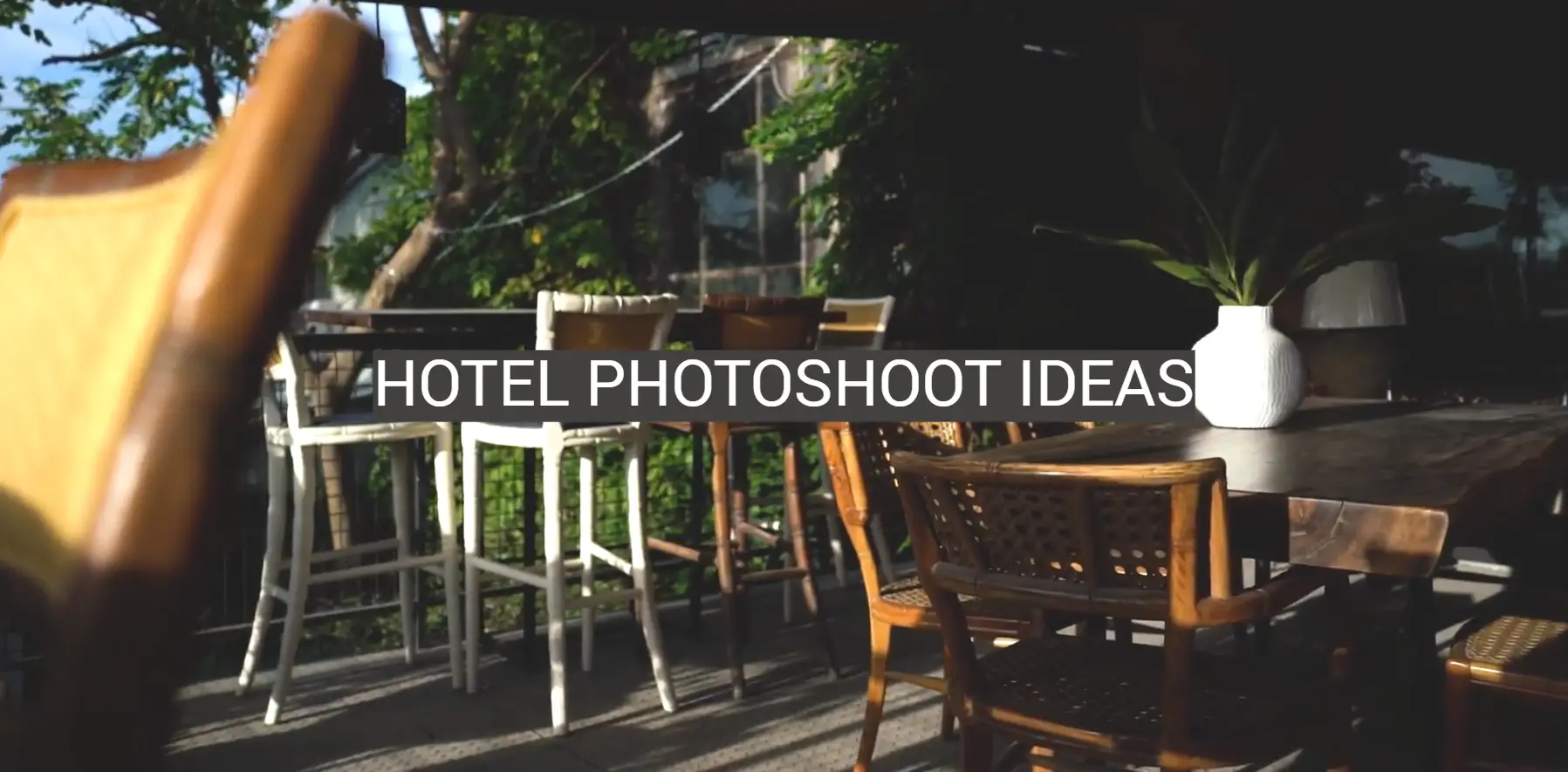
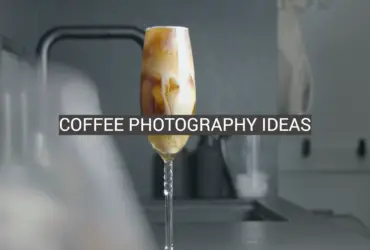



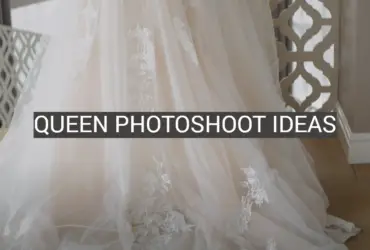
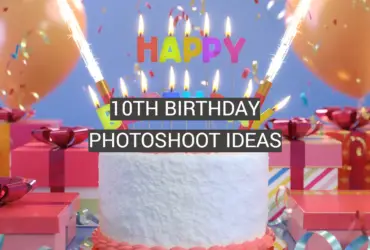
Leave a Reply